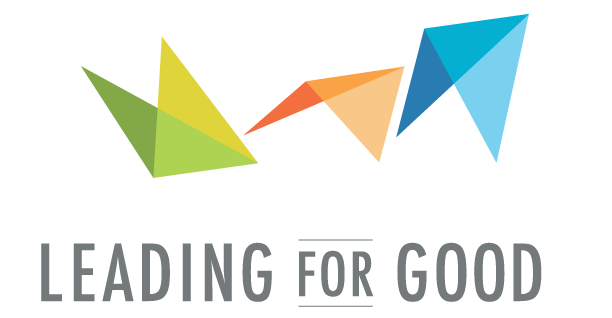Attend to Results, Process and Relationships
One of my favorite things on the job is to observe my clients in their natural work environment. This allows me to gain new insight into the individual’s specific professional context and also their behaviors on the job in real time.
I often will observe a client in a situation that is immediately relevant to their developmental goals. So for example, this week, I had the opportunity to observe a client leading a professional development day for her team. One of her goals is to gain more competence and confidence in leading meetings and trainings.
When thinking about leading a successful meeting or work session, it’s helpful to think about driving for results in three areas:
1. Results
2. Process
3. Relationships
Interaction Associates
Facilitative Leadership Model
This model comes from Interaction Associates, and is known as the facilitative leadership model. When planning any kind of meeting or gathering with colleagues, this is a helpful lens for agenda development. All too often, there can be a focus on work results at the expense of process and relationship building, or on the other side of the spectrum, there can be a focus on process and relationships which can come at the expense of getting into the real issues and opportunities.
Below are just a few of the areas where I often see opportunities for individuals to improve in their facilitation and leadership of meetings.
Outline Clear Objectives – There can be a tendency to jump into discussion and not give people a clear road map in terms of what you hope to accomplish in the time together. This is different than just outlining the flow of topics for the meeting. In this day and age, where information flows freely and often via email and text, meetings are an opportunity to do more than just share information; they are an opportunity to “work” through real obstacles and challenges, plan and chart future directions, and build rapport and understanding of colleagues as people and professionals.
Flex for Different Learning Styles - It’s often the case that you will have a variety of learning styles in any group; some will be comfortable with auditory processing, while others will need visual and kinesthetic opportunities to process and digest information. While organizations today are enamored of power point, a white board or set of flip charts with can be an equally and even more useful way to bring the full group along with you. In the observation this week, my client relayed new areas of focus for the year, as well as new roles and responsibilities and tracking procedures in several detailed word documents. For those visual and kinesthetic learners in the group, it might have been helpful to have a visual drawing simplifying the areas of focus, or a simple visual diagram breaking down the new tracking procedure in steps.
Use Inclusive Language – Meetings are an opportunity to build ownership and commitment within the team. I often find that we are not always aware of how our choice of words or way of speaking can impact others. I will never forget an observation I did years ago, with a leader who had recently assumed responsibility for a new division; my observation of him occurred during his initial meeting with them, where had come to talk to them about his vision for change. In sharing his plans and expectations, he frequently used the word “I” as if it was his personal mandate. The “we” was completely missing for the audience. As you might imagine, the mood in the room was equivalent to a deflated balloon. This vision felt imposed upon them as opposed to collaboratively owned and shared.
Encourage Dynamic Conversations – It can be helpful to observe the dynamic of conversations in a room; for example, is the flow of conversation like ping pong between the leader and individual team members or is it more like popcorn-flavored, whereby there is active and spirited conversation flowing across all participants? Are some members sitting quietly while others are dominating? In my most recent observation, the dynamic was more like ping pong between the leader and individual participants, and there might have been more opportunity to engage the group with each other and have more of learning and dialogue be owned among the team members.
Wrap Up Loose Ends - At the end of a meeting, it can be helpful to review key decisions, assign next steps and responsibilities, and also identify when and how to address the outstanding issues. It’s often the case that meetings end so abruptly there isn’t time for proper wrap up. In addition, if the meeting has a learning orientation, it’s helpful for group members “claim value” from the time together, and share what they are taking away from the conversation. Not only does this help participants to reflect on the conversation and experience, but it also offers the facilitator a way to get immediate feedback about what did and did not stick for people.
Facilitation is both a science and art, and this requires ongoing learning and feedback. For that reason, a good practice is asking participants to share both the + and the – in immediate time, and talk about how to adjust for greater value in the future.
According to Patrick Lencioni, an expert in team dynamics and the author of Five Dysfunctions of a Team, meetings should be as engaging and interesting as watching a great movie! If your meetings aren’t feeling this dynamic, it’s time you thought about changing things up for the better.


